Everyone knows Machu Picchu. Very few have heard of Vilcabamba, the last capital of the rebel Incas. While Cusco was falling, a new power center rose in the jungle, one that did not surrender, challenged Spanish rule, and resisted to the very end. Vilcabamba is an archaeological site and also a symbol of dignity, strategy, and resistance. If you think you know everything about the Incas, wait until you learn what happened in Vilcabamba, often linked to the story of a lost Inca city.
What is Vilcabamba, and why is it important?
Vilcabamba was the last refuge of the Incas after the Spanish invasion. As the Inca Empire was dismantled, some leaders fled to the high jungle, a hidden, hard-to-reach region. There, they founded a new center of power known as the Kingdom of Vilcabamba, often referred to in research as Vilcabamba Inca History.
This place became the base of the so-called rebel Incas, from which they organized resistance and kept their culture alive for nearly 40 more years. Vilcabamba functioned as a strategic refuge and a political hub in the Cusco jungle, consolidating itself as the last capital of the Inca Empire.
Its importance lies in being the stage for the final years of Tahuantinsuyo’s struggle against Spanish rule, preserving Andean customs, language, and religion into the 17th century. Today, learning about Vilcabamba, Peru, means diving into one of the most compelling and least explored chapters of Inca history.
Where is Vilcabamba located?
Vilcabamba lies in the Province of La Convención, in the Cusco region. Surrounded by mountains, rivers, and thick vegetation, it offered a natural setting ideal for becoming the last stronghold of the Inca Empire during the Spanish conquest.
This strategic location not only allowed the Incas to resist for decades; it also helped preserve important archaeological remains such as the ruins of Espíritu Pampa (Espiritu pampa), considered part of Vilcabamba’s core. Its isolation has turned the area into a little-visited destination that attracts lovers of history, trekking, and ancestral culture, and a highlight for anyone considering a Vilcabamba Peru trek.
Vilcabamba in Inca history: beyond Machu Picchu
When speaking of the Inca legacy, Machu Picchu is usually the best-known image. However, Vilcabamba also plays a crucial role, especially in the final stage of the Empire. This hidden Inca city in the jungle became the heart of the Neo-Inca State, the last expression of Indigenous resistance to the Spanish conquest.
Unlike Machu Picchu, associated with the Empire’s height, Vilcabamba represents the closing chapter of a nation in struggle, the story of a people who did not yield easily. To know Vilcabamba is to understand the end of an era marked by courage, strategy, and the defense of an ancient civilization.
Manco Inca and the resistance of the Neo-Inca State
After a brief period allied with the conquerors, Manco Inca Yupanqui rose up in 1536 against abuses, greed for gold, and contempt for Inca culture. He used a promise made by Hernando Pizarro to leave Cusco and reorganize Inca forces. From Yucay, he led a major offensive on three fronts, including a prolonged siege of Cusco from Saqsayhuamán. Although the resistance was ultimately defeated, his uprising marked the beginning of the Neo-Inca State, a crucial stage in Tahuantinsuyo’s history.
In 1539, Manco Inca established a new independent Inca state in Vilcabamba, a remote, strategic region of the Cusco jungle. From there, he organized an autonomous government and led Inca resistance for nearly four decades. Vilcabamba became the last capital of Tahuantinsuyo and a symbol of the effort to preserve Inca identity, culture, and territory.
Manco Inca was assassinated in 1545 by an Almagrist to whom he had given refuge. His legacy, however, lived on through his descendants, who continued the resistance from Vilcabamba: Sayri Túpac, Titu Cusi Yupanqui, and Túpac Amaru I.
Sayri Túpac and the attempt at reconciliation
Sayri Túpac, son of Manco Inca, was proclaimed the legitimate heir to the throne. Faithful to royal traditions, he married his older sister, Cusi Huarcay. Unlike his father, he chose dialogue with the Spanish. He was baptized, traveled to Lima, where he was received with honors, and settled in the Yucay Valley. There he lived under colonial rule, built his residence, and left the leadership in Vilcabamba to his brother Titu Cusi Yupanqui.
Titu Cusi Yupanqui and a negotiated resistance
Titu Cusi Yupanqui took power after Sayri Túpac’s departure. In his early years, he adopted a military stance against the Spanish. He later signed the Treaty of Acobamba and allowed Catholic missionaries into Vilcabamba, beginning a policy of rapprochement.
During his rule, he dictated the famous Account of the Conquest of Peru, one of the most important testimonies from an Inca perspective on the arrival of the Spanish. In 1571, he died suddenly after a strange incident involving the missionary Diego de Ortiz, who was executed in retaliation.
Túpac Amaru I: the last Inca of the Neo-Inca State
After Titu Cusi’s death, Túpac Amaru I, the youngest brother, became the last leader of the Kingdom of Vilcabamba. He rejected all agreements with the Spanish, reorganized the Inca army, and expelled settlers from the territory. He declared his intention to restore Tahuantinsuyo and closed the kingdom’s borders.
Viceroy Francisco Álvarez de Toledo tried to negotiate but failed. After a Spanish envoy was killed in Chuquichaca, Toledo launched a massive military campaign. The Spanish captured Vilcabamba and pursued Túpac Amaru until they caught him. In 1572, he was taken to Cusco and executed by decapitation, marking the definitive end of the Neo-Inca State and of organized resistance to Spanish rule.
The fall of Vilcabamba: the end of an era
The taking of Vilcabamba in 1572 was not only a military victory for the Spanish; it also ended a resistance that had lasted nearly 40 years after Cusco’s fall. With the execution of Túpac Amaru I, the last rebel Inca, the Inca Empire officially ended.
Even so, the legacy of Vilcabamba and the Neo-Inca State endures. Its history inspires historians, travelers, and defenders of Andean cultural heritage. Inca resistance remains alive in Peru’s collective memory as a symbol of dignity, courage, and the fight for identity.
Why is it known as “the last Inca refuge”?
Vilcabamba earned the title “last Inca refuge” because it was the final territory controlled by the Incas after Cusco fell. Its strategic location, hidden between jungle and mountains, allowed the Incas to hide, regroup, and launch surprise attacks against the Spanish.
More than a physical refuge, Vilcabamba embodied the hope of rebuilding Tahuantinsuyo and resisting colonial rule. From here, the Incas preserved their worldview, religion, and language. This Inca city became a cultural and military stronghold, and its memory endures as a symbol of unbroken resistance, closely associated with sites like Espíritu Pampa (espiritu pampa), often cited as part of the core linked to a lost Inca city.
Why visit Vilcabamba?
- Living history: Walking through Vilcabamba feels like stepping back in time. It is not only about seeing ruins; it is about sensing the echo of a culture that refused to disappear.
- Nature and adventure: The region is surrounded by jungle, mountains, and rivers. The route to Vilcabamba is an adventure in itself: hiking, Andean scenery, birdlife, and clean air, ideal for a Vilcabamba Peru trek.
- An authentic route: Unlike more famous destinations, there are few visitors here. You can explore calmly, without crowds, and appreciate the place’s authenticity.
Explore Vilcabamba today: where the Inca past still lives
Today, Vilcabamba is an archaeological area that preserves the remains of that last stage of the Inca Empire. Yurak Rumi (the white stone) and the Vitcos or Rosaspata complex showcase Inca architecture in the middle of the jungle, key stops in studies of the Vilcabamba Inca resistance and the trails to a lost Inca city such as Espíritu Pampa (Espíritu Pampa).
Huancacalle: the starting point
Many travelers begin in the small town of Huancacalle. From there, you can hike to the main archaeological remains. It is a less visited route than others like Machu Picchu, which gives it a special character for those tracing the story of a lost Inca city.
Vitcos or Rosaspata: the “Lost City”
Vitcos was one of Vilcabamba’s administrative centers. Here you find terraces, temples, and Inca roads. It is a quiet place surrounded by nature, ideal for travelers seeking a spiritual connection or a journey full of history within an Inca city landscape.
Yurak Rumi: more than a stone
The “white stone,” or Yurak Rumi, is one of the area’s most intriguing monuments. Carved with geometric forms, many believe it served as a ceremonial altar. Its design has stood the test of time, surprising archaeologists and travelers alike.
How to get to Vilcabamba
- By bus from Cusco: Take a bus from Cusco to Santa María and from there another ride to Vilcabamba. Another option is a direct bus to Quillabamba; once there, arrange with a local guide or take additional transport to your destination.
- By taxi or private transport: For greater comfort, hire a taxi or private service from Cusco to Vilcabamba. It is faster and more practical, though usually more expensive than public transport.
- On an organized tour: Travel agencies in Cusco offer tours to Vilcabamba that include visits to Rosaspata and other archaeological sites. Joining one of these tours lets you leave the logistics to professionals and enjoy a guided experience.
Tips for visiting Vilcabamba
- Recommended season: The best time is the dry season (April–October), when trails are more accessible and there is less rain.
- Physical preparation: The hike to Vilcabamba can be demanding. Good fitness and prior acclimatization are recommended if you come from lower altitudes.
- Hire a guide: A specialized guide will help you understand the site’s history and avoid getting lost on the trails.
- Bring the essentials: Warm layers, rain gear, repellent, water, energy snacks, sunscreen, and good hiking shoes are essential.
Frequently asked questions about Vilcabamba
Do you need a permit or ticket to visit Vilcabamba and its archaeological sites?
Generally, entry to sites like Vitcos or Yurak Rumi does not have a fixed cost. Still, carry cash in case there is a small local maintenance fee or payments for community guides.
Is it safe to travel to Vilcabamba?
Yes, with normal precautions for remote routes: good planning, a local guide, and adequate fitness.
Do you need a guide to visit Vilcabamba?
Not mandatory, but highly recommended due to the terrain’s difficulty and the site’s historical value.
Are there organized tours?
A few exist. Some adventure tour operators in Cusco include Vilcabamba in their routes.
Can you camp in Vilcabamba or nearby?
Yes. Many travelers camp near Huancacalle or around archaeological areas.
What is the difficulty level of the hike to Vilcabamba?
Medium to high. It requires good fitness and prior preparation.
Is it worth visiting if I have already gone to Machu Picchu?
Definitely, it is a different, more challenging, and more authentic experience, central to understanding Vilcabamba, Peru, and the route to Espiritu Pampa within the broader story of a lost Inca city.
What is the best time to go?
From May to September, when there is little rain and the trails are more accessible.

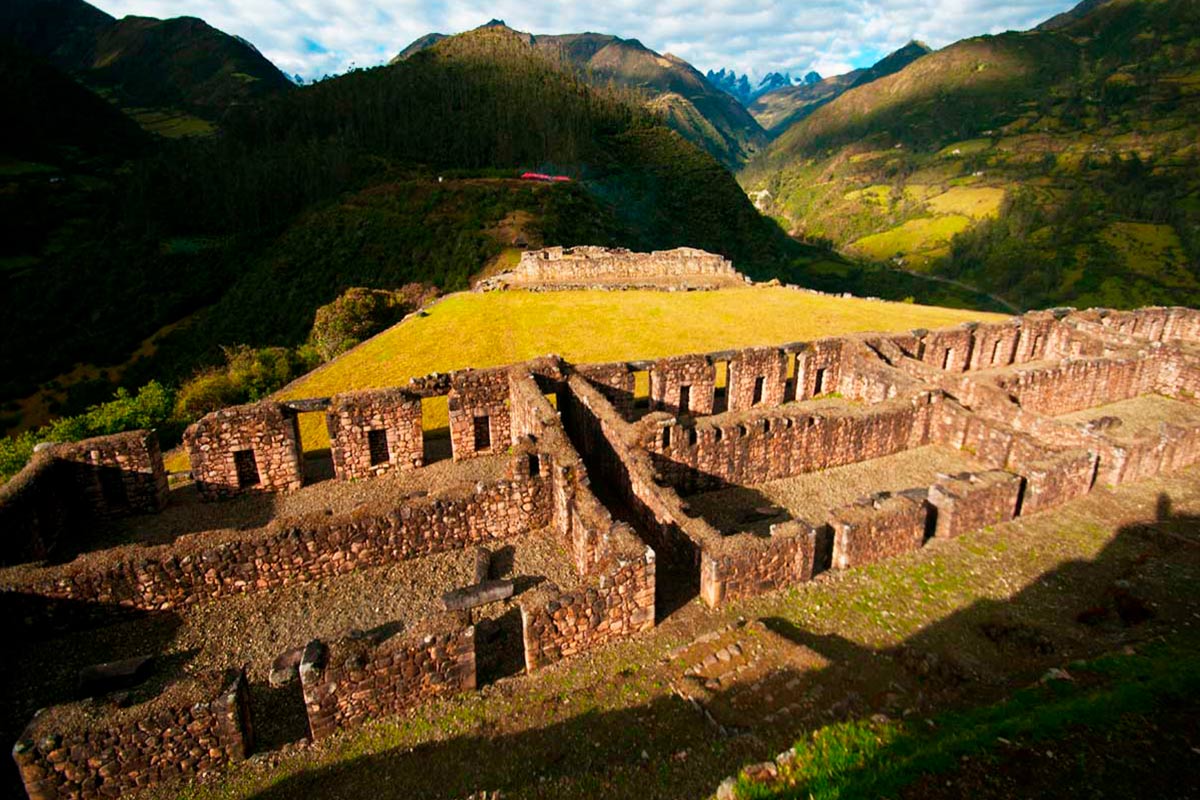


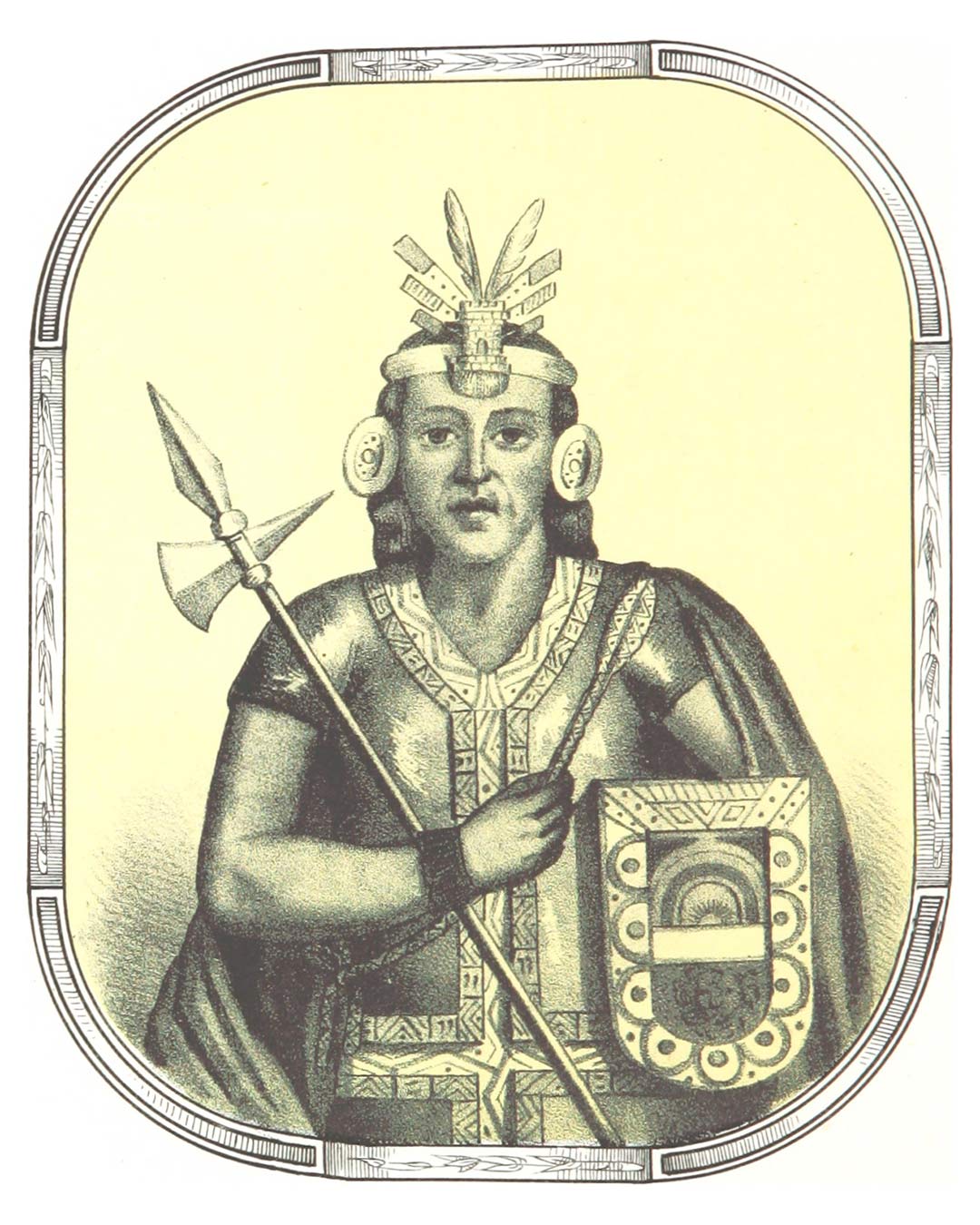

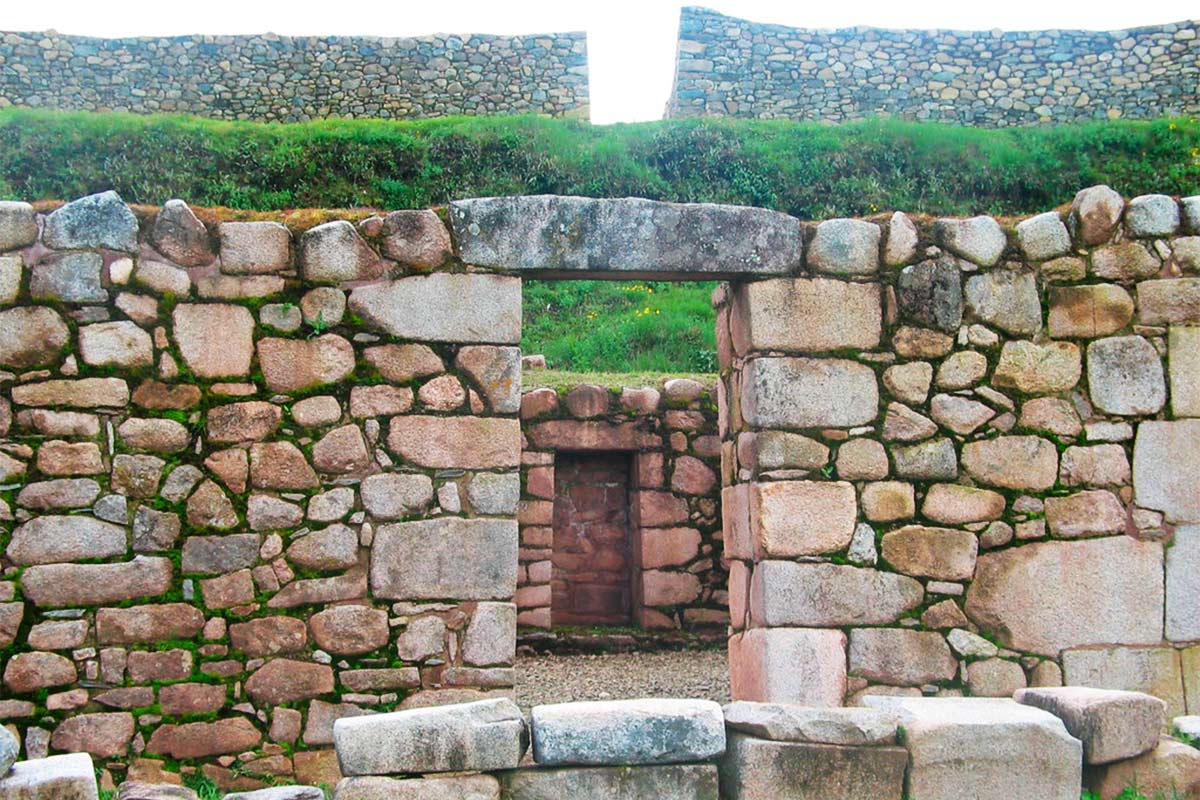

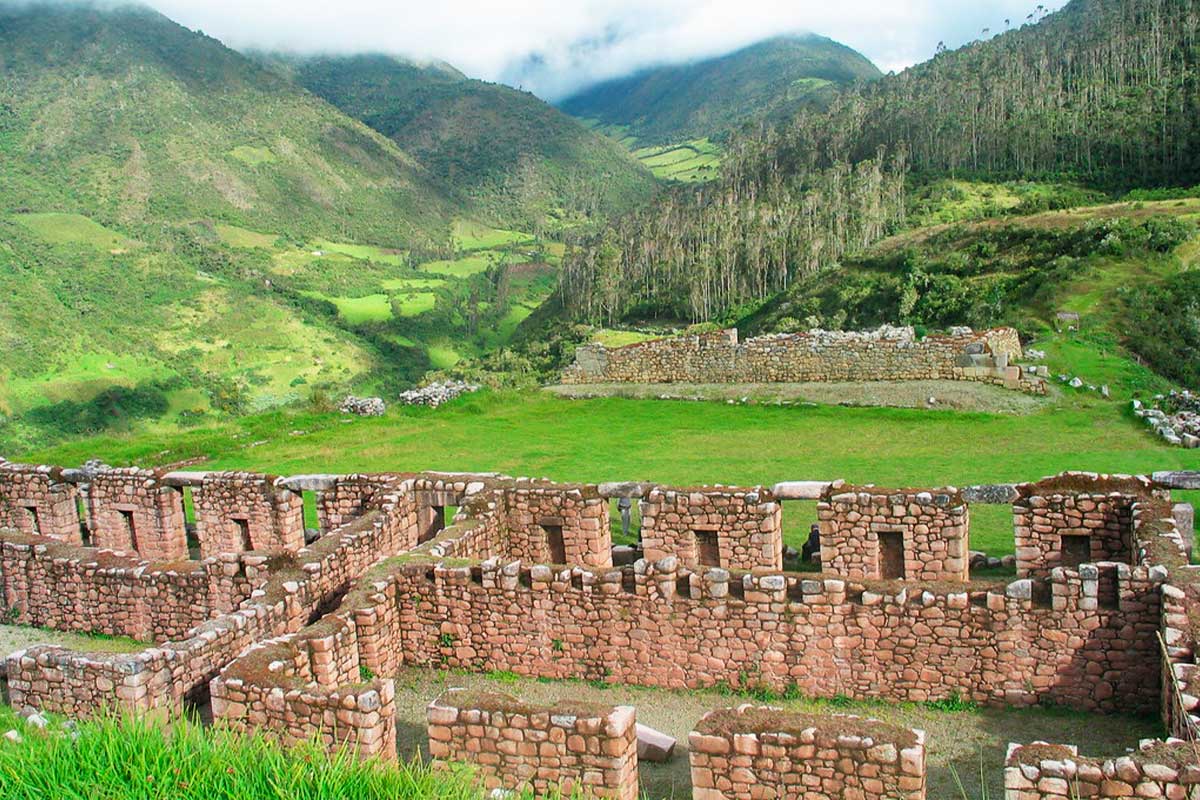

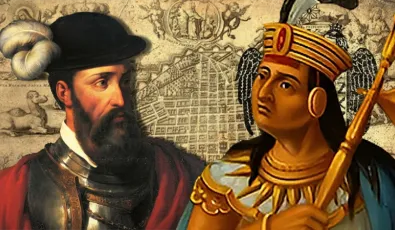
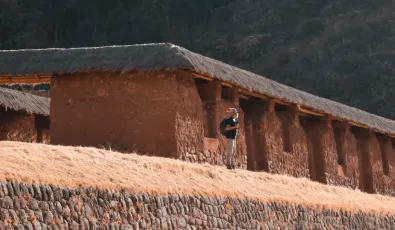
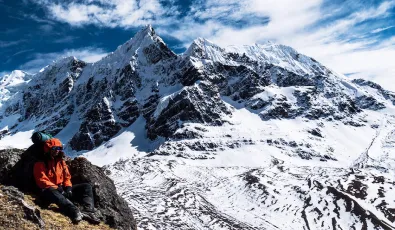
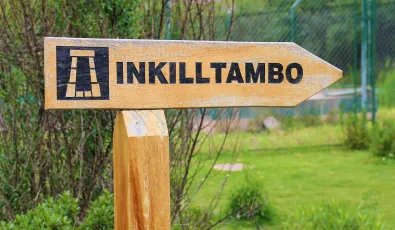
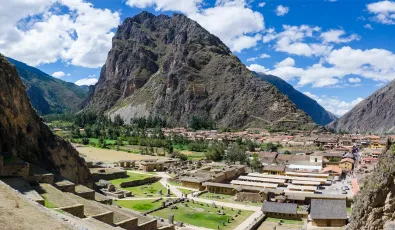
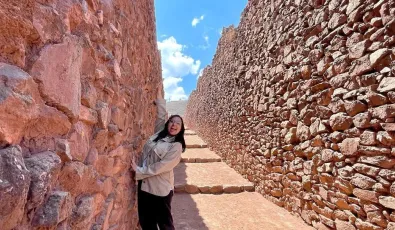

Add new comment